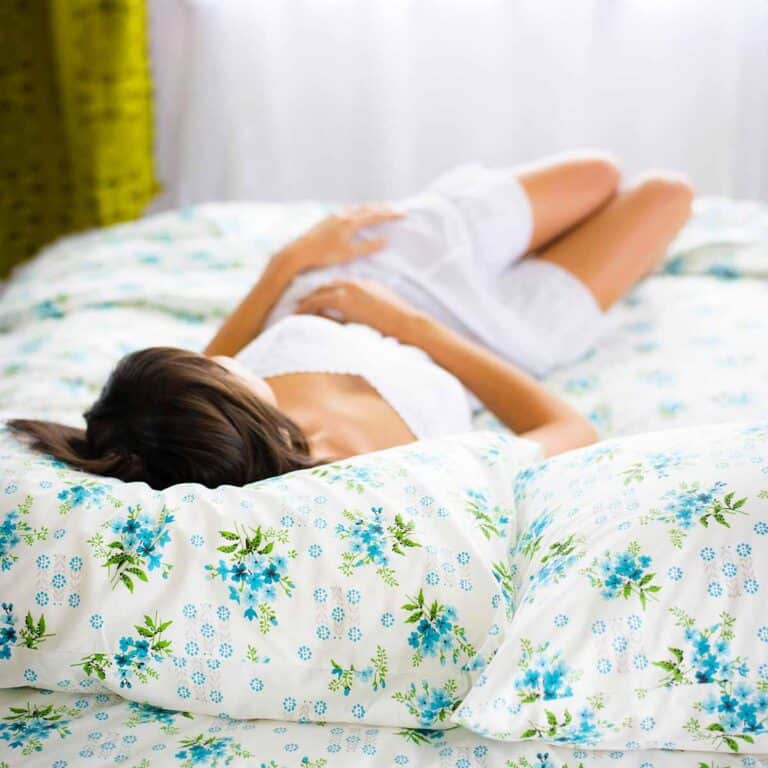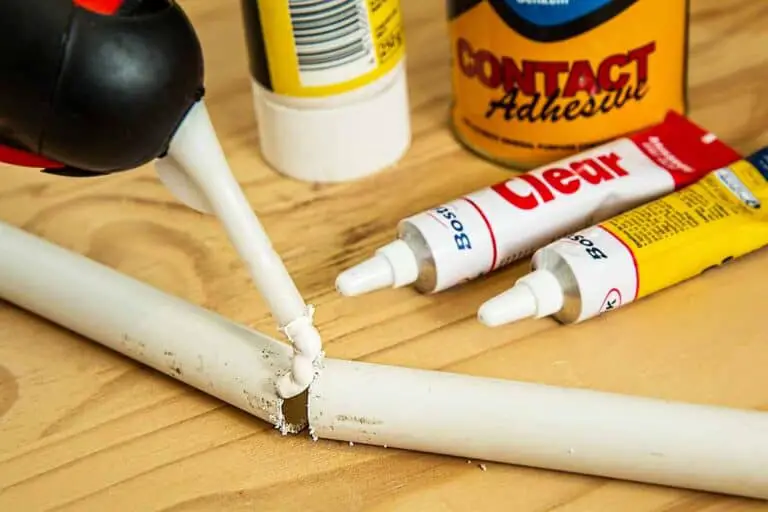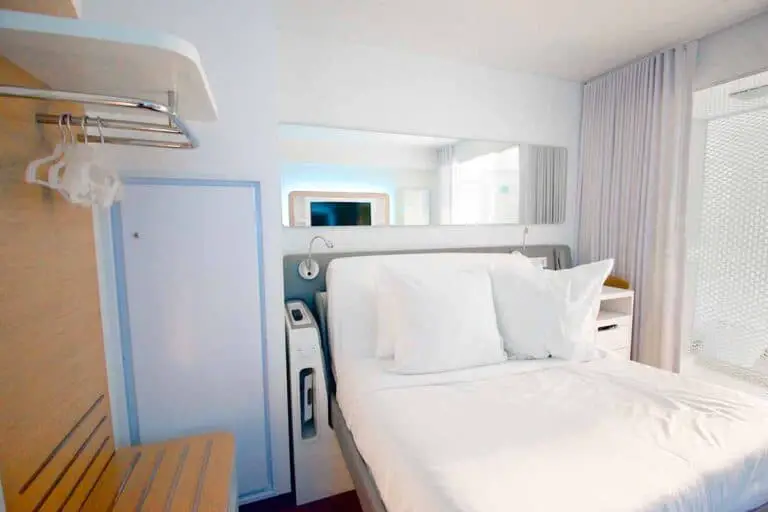IKEA’s Recycling & Buyback Programs (10 Essential Facts)
IKEA’s recycling program showcases its dedication to sustainability and responsible waste management.
You can be a part of the brand’s recycling drive; but before you drive to the designated recycling stations to drop off any used IKEA product, the following is useful information you should know.
#1 Comprehensive Recyclable Items
Not all IKEA products qualify for the buyback scheme, so you can’t get store credits for future purchases.
Still, you can choose to let IKEA recycle the used products properly and responsibly.
IKEA can recycle or dispose of the following items for you:
- Light bulbs, including LED, fluorescent, halogen, and incandescent ones.
- Plastic bags and bottles.
- Mattresses and bed textiles.
- Batteries.
- Electronics.
- Appliances.
- Glass items.
- Metal items.
- Paper-based items.
#2 IKEA’s Target to Recycle or Reuse 100% of Waste Materials
The recycling program is part of IKEA’s broader sustainability initiatives, which encompass reducing carbon emissions, conserving resources, and promoting a more sustainable lifestyle.
As part of its sustainability goals, IKEA aims to recycle or reuse all of its waste materials by 2030.
This commitment drives their efforts to continually improve their recycling program, explore innovative recycling methods, and encourage responsible waste management for a positive environmental impact.
#3 Mattress Recycling
Customers can send their used mattresses to participating IKEA stores for recycling.
This initiative aims to divert mattresses from landfills and promote responsible waste management.
IKEA typically accepts used mattresses for recycling if they are clean and free of significant damage, such as severe stains, tears, or infestations. Mattresses that are excessively soiled or damaged may not be accepted for recycling and would need to be disposed of through alternative means.
The availability of mattress recycling services may vary by location, so please check with your nearest IKEA store for specifics.
#4 Light Bulbs Recycling
IKEA accepts the following types of light bulbs and tubes for recycling:
- Compact fluorescent bulbs (CFL): These are energy-efficient bulbs that contain a small amount of mercury and need to be properly recycled to prevent environmental contamination.
- Incandescent bulbs: Traditional incandescent bulbs, although less energy-efficient, are also recyclable to minimize waste.
- Fluorescent tubes: Long, tubular bulbs commonly used in commercial settings. Recycling these tubes helps handle the small amount of mercury they contain and recover valuable materials.
- LED bulbs: These energy-efficient and long-lasting bulbs contain electronic components.
- Halogen bulbs: A type of incandescent bulb that uses halogen gas. Recycling these bulbs helps recover glass, metals, and other materials.
Please note that IKEA’s acceptance of specific types of light bulbs and tubes may vary slightly depending on local regulations and recycling capabilities.
#5 Recycling Stations at IKEA Stores
The following information may be helpful:
- Location: Typically located near the store’s exit or customer service area.
- Design: The recycling stations have clearly labeled compartments to separate different types of recyclable materials.
- Staff Assistance: Store employees are available to answer your questions and offer the necessary support.
- Educational Materials: The recycling stations may feature informative signage or visual aids to help you understand what items are recyclable and how to prepare them for recycling.
Although most IKEA stores have recycling stations, it’s best to check your local store beforehand.
#6 What You Should Do Before Sending Recyclable Items to IKEA
Before sending recyclable items to your nearest IKEA, there are a few things you can do and be aware of to ensure a smooth and successful process.
They include:
- Check IKEA guidelines: Visit the IKEA website or contact your nearest store to review their specific guidelines for recycling, specifically restrictions and limitations.
- Clean and prepare items: Proper preparation according to IKEA guidelines is essential for acceptance. For example, rinse out plastic bottles or separate different recyclable materials. Follow any disassembly instructions that IKEA provides for furniture or appliances.
- Verify location-specific details: Program specifics and limitations may vary based on local regulations.
- Research alternative recycling options: Some municipalities or specialized recycling centers nearer to you may have programs for specific items or materials.
- Transport consideration: Consider the size and weight of the items you wish to transport to IKEA. Ensure you can handle them safely.
#7 IKEA Recycling Partners
IKEA partners with various recycling companies and facilities to handle different types of materials.
Here are some recycling companies that IKEA has collaborated with:
- SUEZ: This Company is a global leader in environmental services.
- Global Renewables: It is an innovative recycling and waste management company in the UK.
- Covanta: A US-based provider of sustainable waste and energy solutions. It processes and converts waste materials into energy.
- Stena Recycling: A Swedish recycling and resource management company.
However, IKEA’s recycling partners vary across regions and can change over time as the company continues to expand and evolve its recycling initiatives.
#8 IKEA’s “Buy Back” program
The company’s “Buy Back & Resell” program encourages customers to return used furniture and recyclable items.
In exchange, customers will receive store credit which they can use for future purchases, online or in-store.
This initiative aims to extend the lifecycle of Ikea products and reduce furniture waste, and it provides budget-minded customers with a more affordable option, especially considering Ikea’s recent price increases.
#9 Old Furniture Buyback
Fully assembled and functional IKEA furniture eligible for buyback must meet the following criteria:
- Complete and fully functional.
- Properly assembled.
- Clean and unmodified.
- In good, resellable condition.
IKEA products the company will buy back include:
- Cabinets, display storage, dressers, drawers, and small structures with drawers.
- Shelves and bookcases.
- Multimedia furniture.
- Tables and desks.
- Chairs and stools, excluding upholstered and leather ones.
- Children’s products, excluding mattresses and textiles.
#10 Products IKEA Does Not Buy Back
IKEA does not buy back all its used products.
IKEA products that the company will not accept in exchange for store credit include:
- Components or parts of furniture, including non-assembled IKEA products.
- Modified products.
- Mattresses and bed textiles.
- Soft goods, like pillows and towels.
- Couches and armchairs.
- Kitchens.
- Products containing glass.
- Appliances and electrical items.
- Upholstered or leather products.
- Non-furniture products.
- Market hall products.
If your IKEA product is unacceptable for the buyback scheme, IKEA will offer to recycle or dispose of the product according to their policy.
References:






